Fruits Names
Learning the names of fruits is one of the first and most enjoyable steps in building a strong English vocabulary. From the apples and bananas we eat every day to the exotic fruits found in different parts of the world, each fruit has its own unique taste, appearance, and nutritional value. Knowing the names of various fruits not only helps students improve their language skills but also enhances their general knowledge about nature’s diversity.
In this guide, you will find a detailed list of fruit names in English, along with interesting examples and uses. Exploring these names will help learners identify different fruits easily and use them correctly in sentences.
Table of Contents
- What Are Fruits?
- Why Learning Fruit Names is Important
- Common 10 Fruit Names You Should Know
- Fruit Names by Category
- How to Use Fruit Names in Sentences
- List of 200+ Fruits Names in English
- Frequently Asked Questions on Fruits Names
What Are Fruits?
In botanical terms, a fruit is the mature ovary of a flowering plant, usually containing seeds. From a dietary and everyday viewpoint, fruits are edible plant parts that are sweet or sour and often used in desserts, snacks, or juices. Understanding fruit names involves recognizing their form, origin, and use. Learning the names of fruits strengthens both vocabulary and general knowledge about food and nutrition.
Why Learning Fruit Names is Important
-
Vocabulary building: For students, knowing fruit names enriches language skills, aids in reading comprehension, and supports writing tasks involving food and health themes.
-
Health awareness: Recognizing fruits helps in identifying sources of vitamins, fiber, and minerals. For example, knowing “banana” or “mango” allows you to choose nutritious snacks.
-
Cultural literacy: Many fruits have cultural significance in different countries — knowing their names broadens cultural understanding and awareness of global produce.
-
Communication skills: When you talk about your diet, hobbies (like gardening), travels or shopping, you’ll benefit from a wide range of fruit names to describe what you eat or see.
Common 10 Fruit Names You Should Know
Learning about different fruit names and their uses helps students understand their nutritional value and importance in our daily diet. Below is a list of ten common fruits, their features, and their uses.
1. Apple

The apple is one of the most popular and nutritious fruits in the world. It comes in many varieties, such as red, green, and yellow, each with a slightly different taste. Apples are rich in fiber, antioxidants, and vitamin C, making them an excellent choice for maintaining good health.
Uses of Apple:
-
Eaten fresh as a healthy snack or part of breakfast.
-
Used in desserts like pies, tarts, and cakes.
-
Made into juice, cider, or applesauce.
-
Added to salads for crunch and sweetness.
-
Used in savory dishes to add mild sweetness.
2. Banana
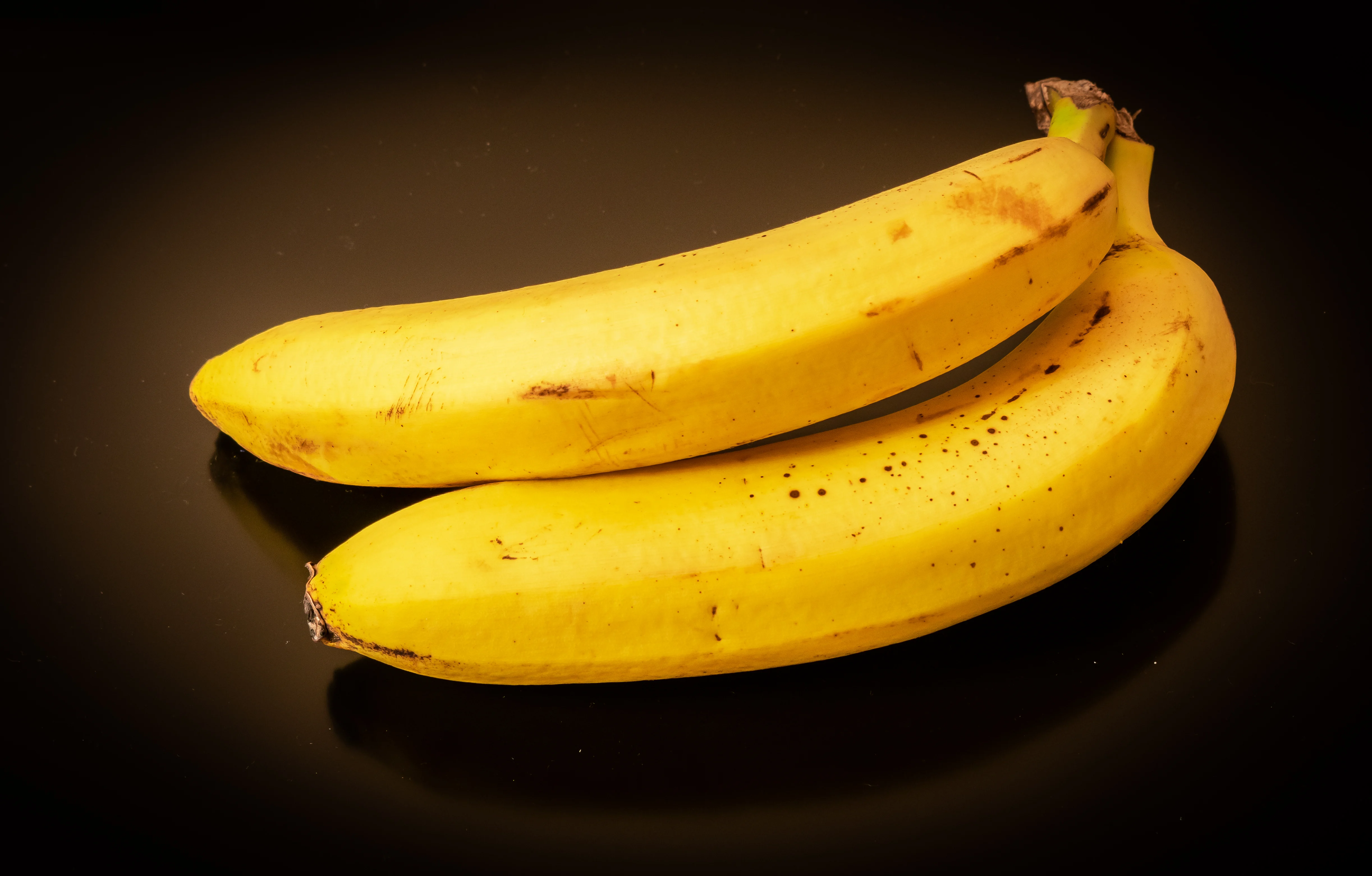
The banana is a soft, sweet fruit that grows in tropical regions. It is one of the most consumed fruits in the world because it is easy to digest and packed with nutrients like potassium and vitamin B6.
Uses of Banana:
-
Eaten raw as a quick energy snack.
-
Used in milkshakes and smoothies.
-
Added to cakes, muffins, and pancakes.
-
Used as baby food due to its soft texture.
-
Helps in maintaining heart health and digestion.
3. Orange
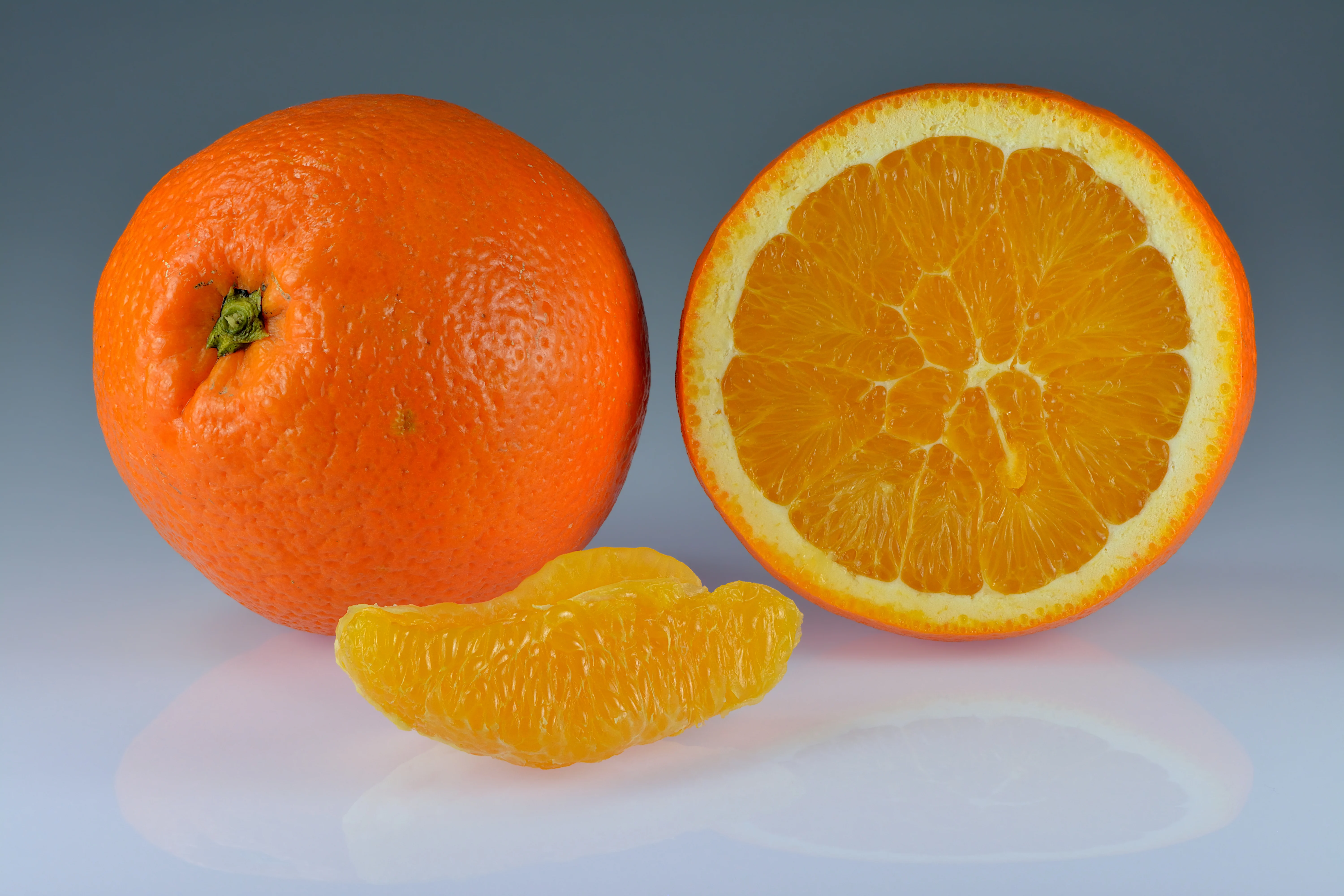
The orange is a citrus fruit known for its refreshing taste and bright color. It is rich in vitamin C and antioxidants, which help strengthen the immune system.
Uses of Orange:
-
Consumed fresh or juiced for breakfast.
-
Used in desserts, jams, and marmalades.
-
Orange peel is used in beauty products.
-
Helps in boosting immunity and skin glow.
-
Used in flavoring drinks and candies.
4. Mango
.webp)
The mango is often called the “king of fruits.” It is juicy, sweet, and full of flavor. Mangoes are an excellent source of vitamin A and C, and they are widely loved during the summer season.
Uses of Mango:
-
Eaten fresh, sliced, or as mango pulp.
-
Used to make juices, shakes, and smoothies.
-
Made into ice creams, puddings, and sweets.
-
Added to chutneys and pickles for flavor.
-
Helps improve eyesight and boosts immunity.
5. Watermelon
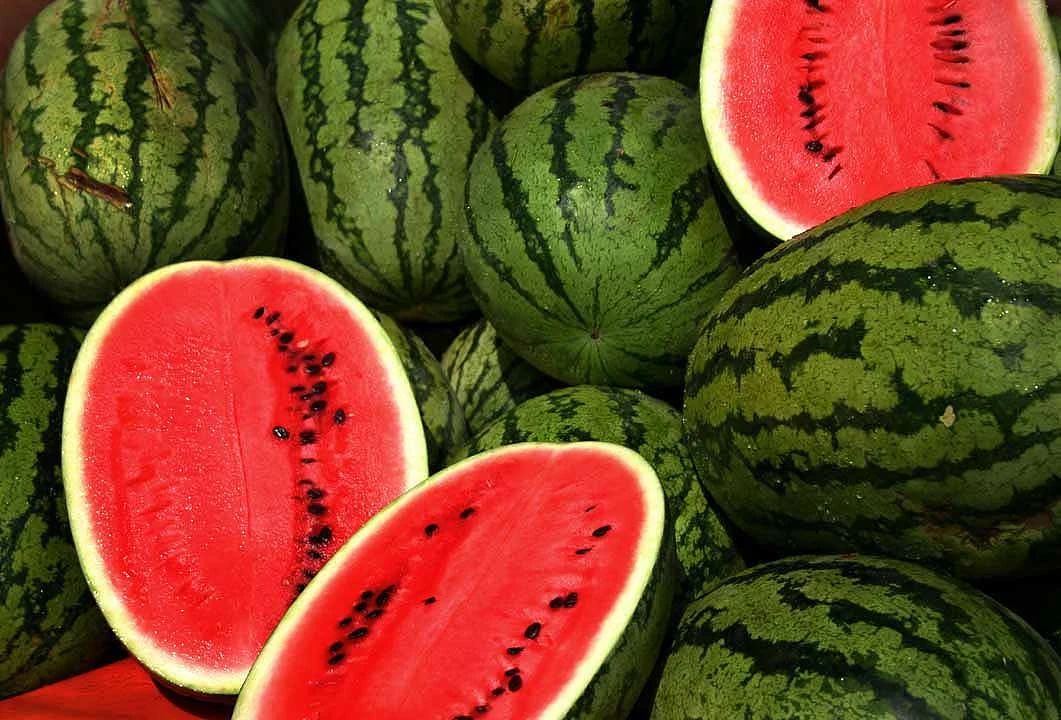
The watermelon is a large, juicy fruit mostly made of water, making it a perfect choice for summer. It keeps the body hydrated and provides vitamins A, B6, and C.
Uses of Watermelon:
-
Eaten fresh as a cooling summer fruit.
-
Used in juices and fruit salads.
-
Made into sorbets and popsicles.
-
Helps in staying hydrated during hot weather.
-
Supports healthy skin and digestion.
6. Strawberry
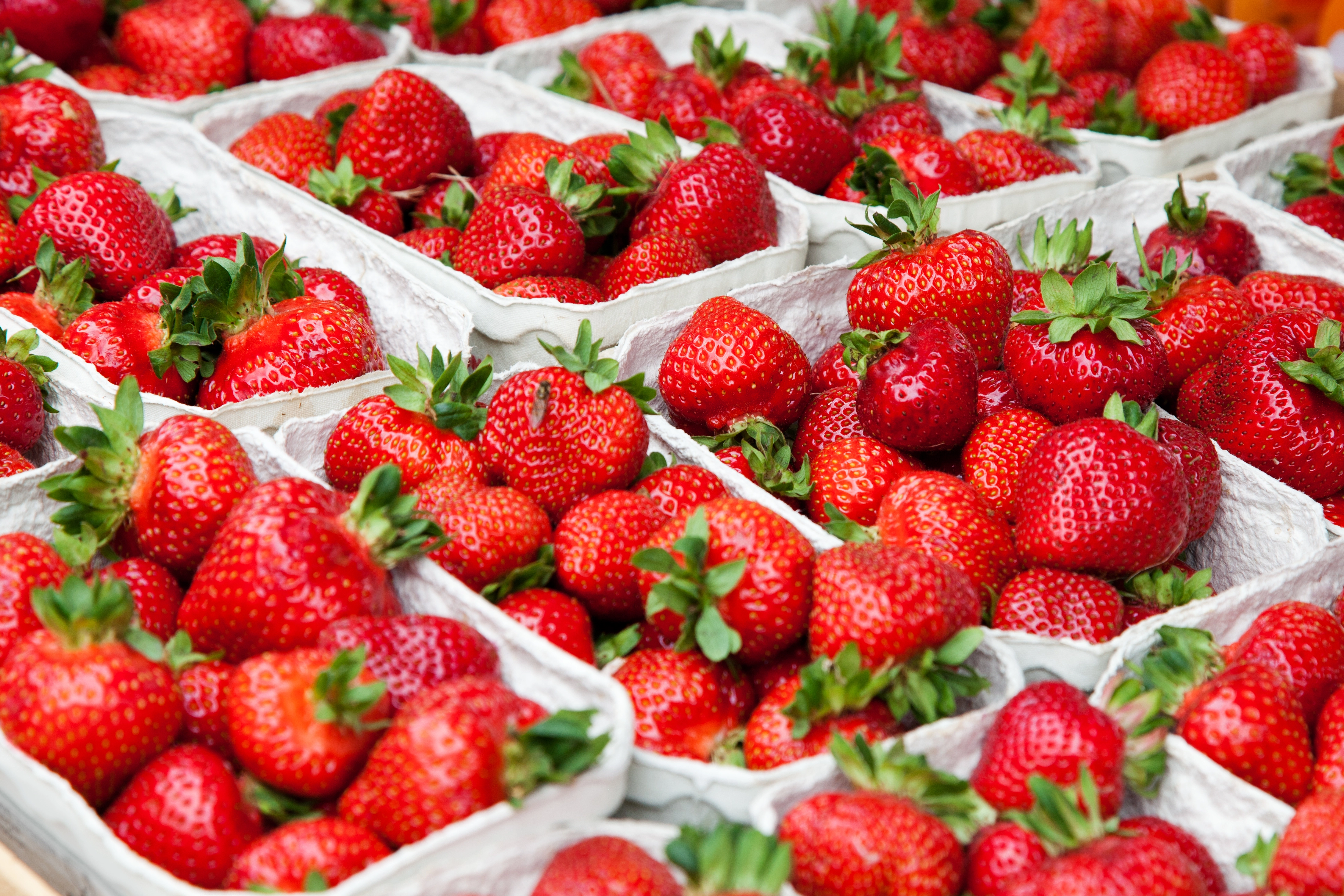
The strawberry is a bright red, sweet fruit filled with vitamin C and antioxidants. It is widely used in desserts and snacks.
Uses of Strawberry:
-
Eaten fresh or dipped in chocolate.
-
Used in cakes, tarts, and pastries.
-
Blended into smoothies or milkshakes.
-
Used in jams, syrups, and ice creams.
-
Helps in improving skin and heart health.
7. Pineapple
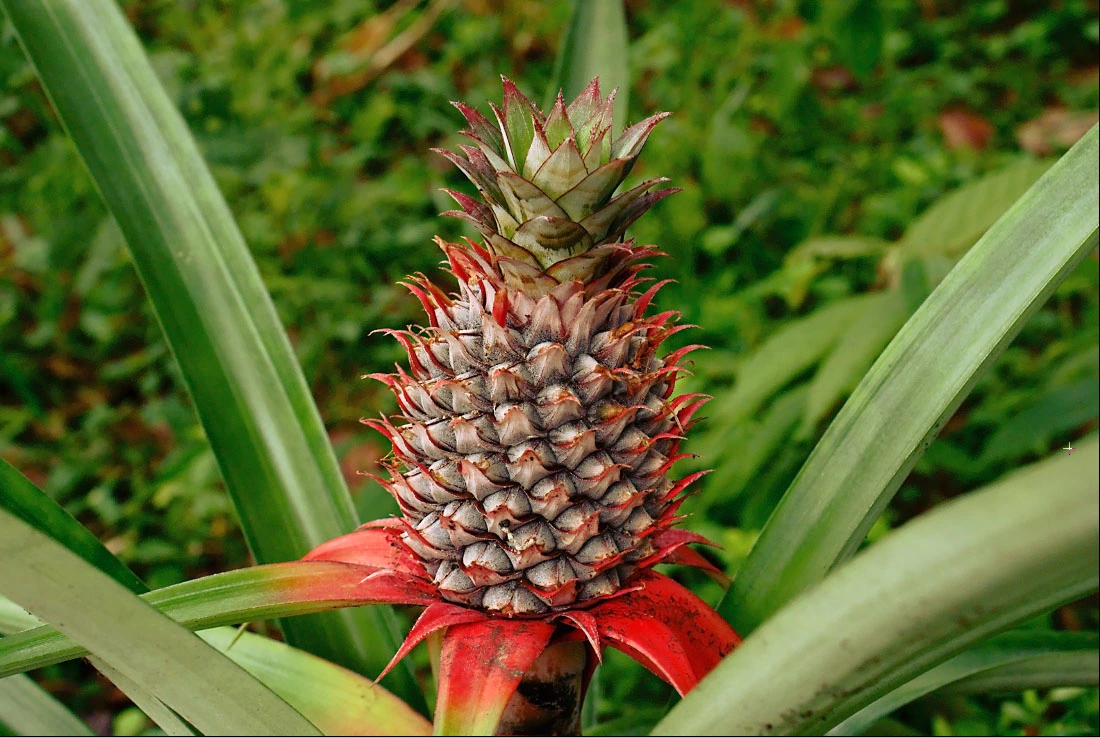
The pineapple is a tropical fruit known for its tangy and sweet flavor. It contains bromelain, an enzyme that aids digestion.
Uses of Pineapple:
-
Eaten fresh or as part of fruit salads.
-
Used in juices and mocktails.
-
Added as a topping for pizzas and desserts.
-
Helps in digestion and boosts immunity.
-
Used in cakes, especially pineapple upside-down cake.
8. Cherry
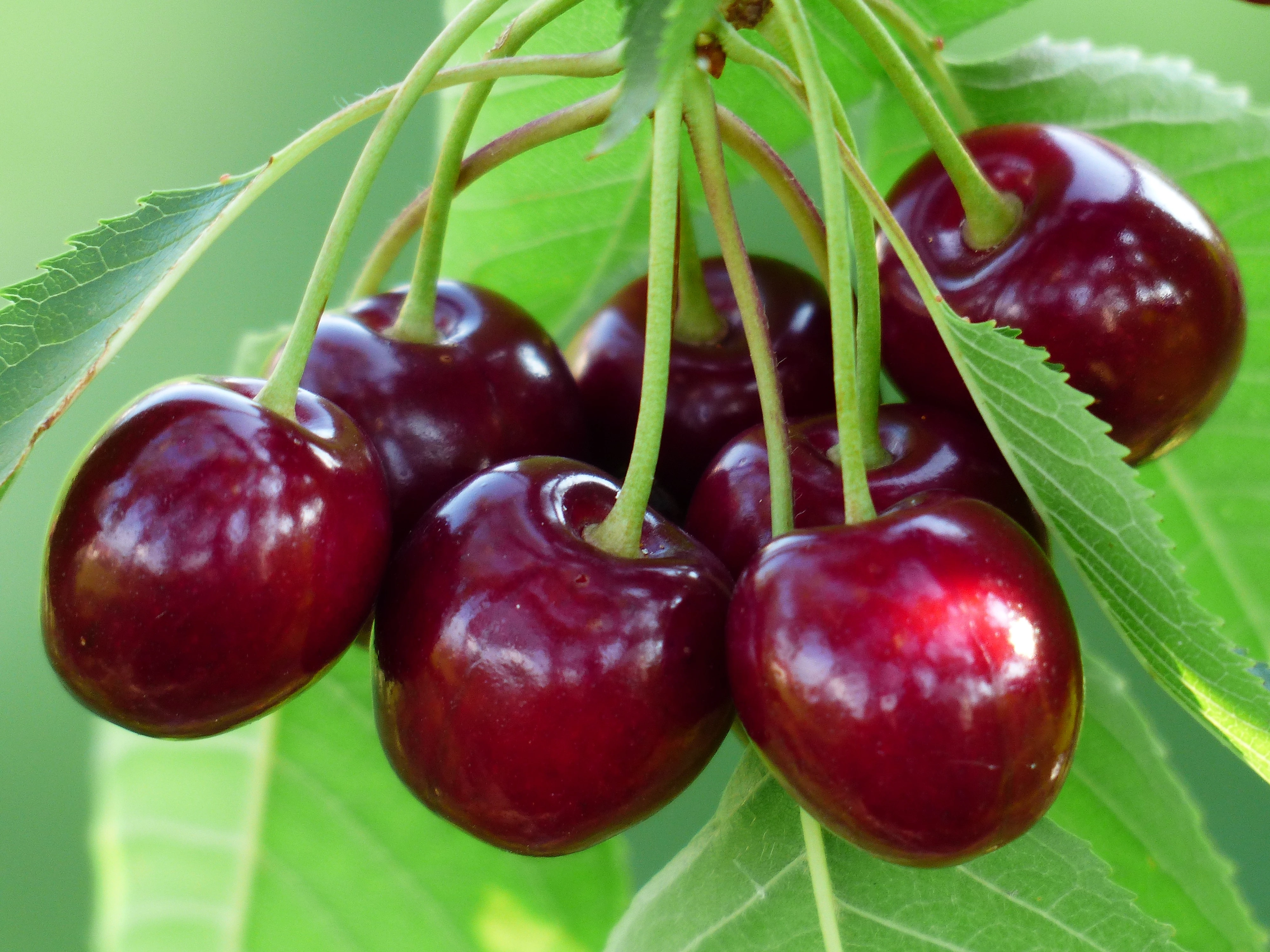
The cherry is a small, round fruit that can be sweet or sour. It is packed with antioxidants and vitamin C.
Uses of Cherry:
-
Eaten fresh or used as a garnish.
-
Added to cakes, pies, and pastries.
-
Used in milkshakes and smoothies.
-
Helps improve sleep and reduces inflammation.
-
Used in jams and preserves.
9. Lemon
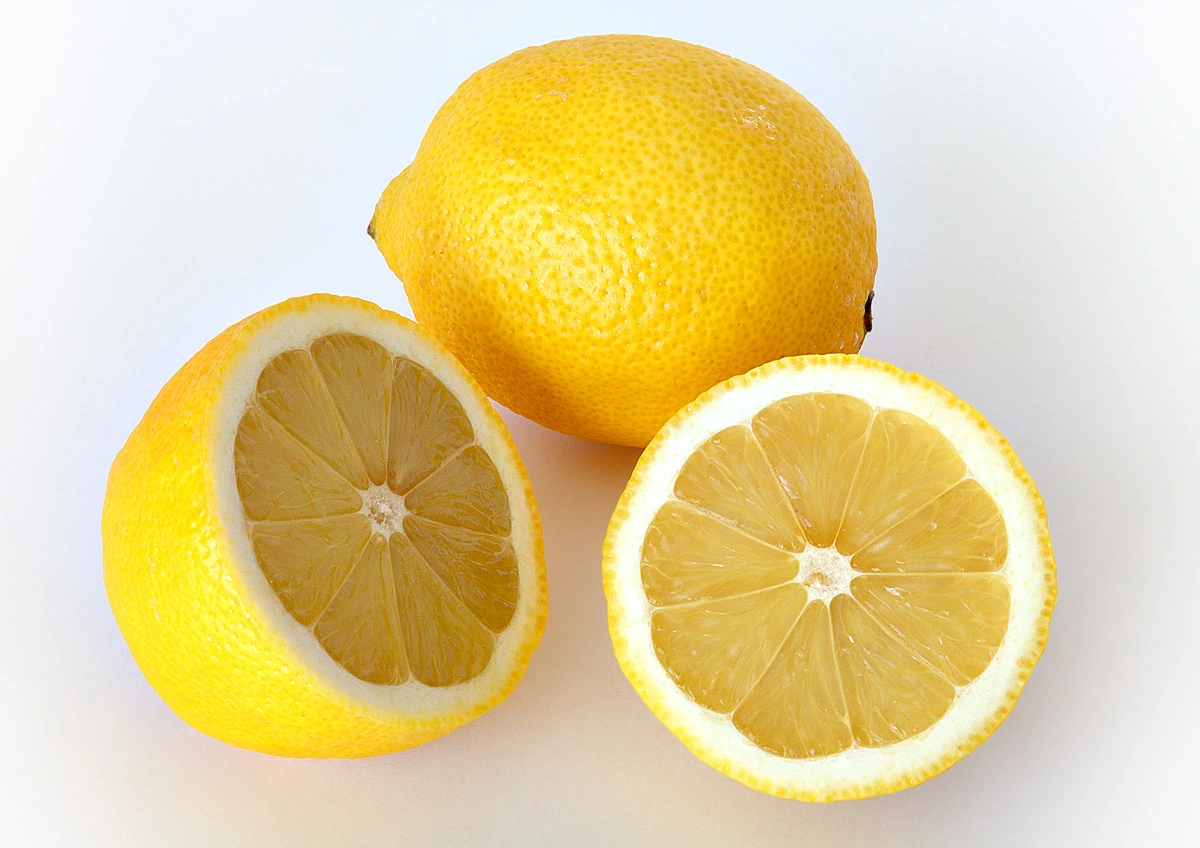
The lemon is a citrus fruit well known for its sour taste and high vitamin C content. It is widely used for culinary, medicinal, and cleaning purposes.
Uses of Lemon:
-
Added to water or tea for refreshment.
-
Used in cooking, marinades, and salads.
-
Made into lemonade and other drinks.
-
Helps detoxify the body and boost immunity.
-
Used in skincare for brightness and freshness.
10. Grapes
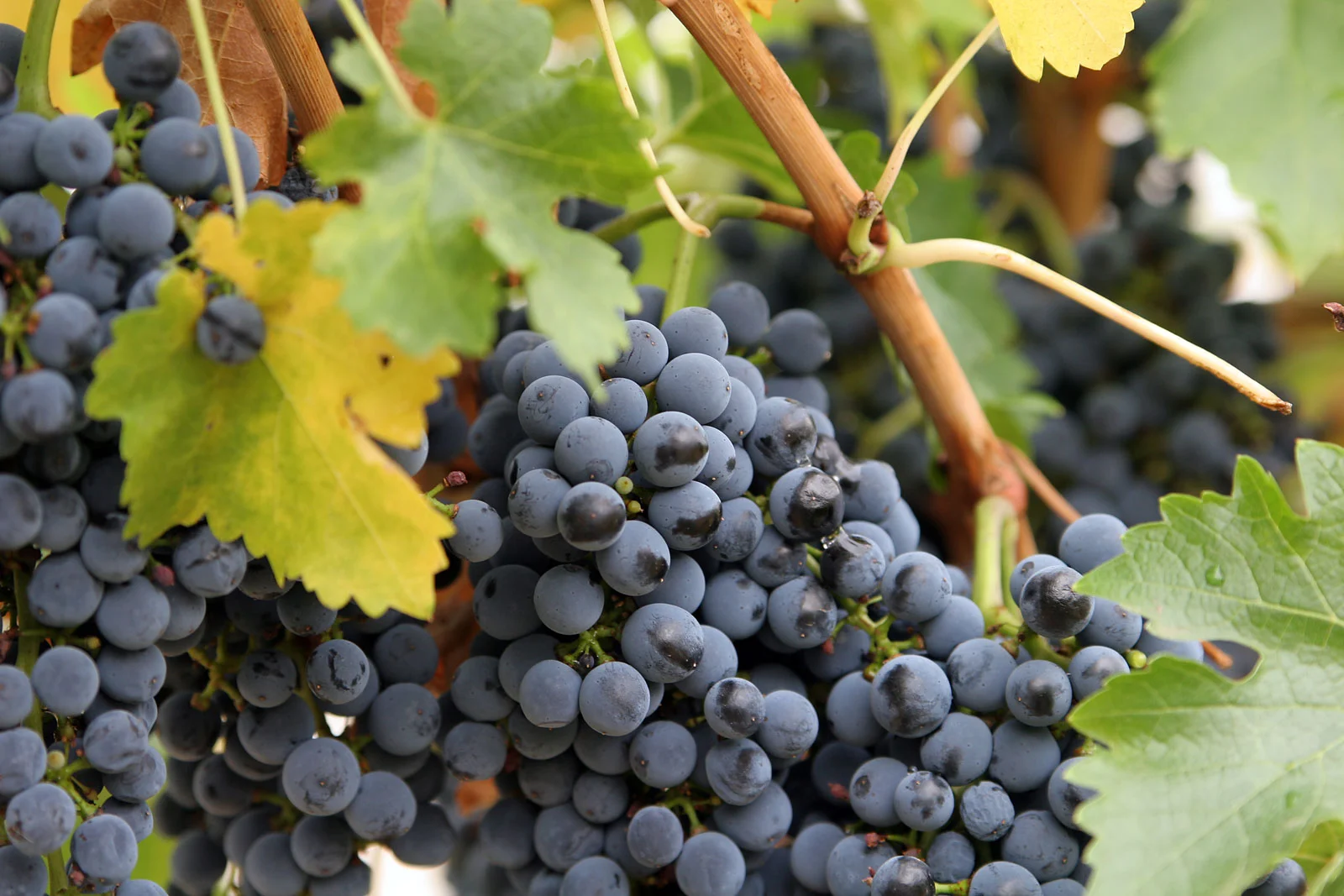
The grape is a small, juicy fruit that grows in bunches and comes in green, red, or purple varieties. Grapes are rich in vitamins, antioxidants, and natural sugars.
Uses of Grapes:
-
Eaten fresh as snacks or in salads.
-
Used to make wine and juices.
-
Added to desserts, cakes, and puddings.
-
Helps maintain heart health and improves digestion.
-
Used for making raisins and jams.
Fruit Names by Category
To make it easier to remember, we can group fruit names by categories. Below are some useful groupings.
Citrus Fruits
These are fruits from the citrus family, often high in vitamin C, and grown in subtropical climates.
Examples: Orange, Lemon, Lime, Grapefruit, Tangerine.
Knowing these names helps when reading recipes or food labels.
Tropical Fruits
These are fruits that thrive in warm, humid environments.
Examples: Mango, Papaya, Avocado, Pineapple, Guava.
Tropical fruit names often appear in menus, travel reports, and health-food articles.
Berries and Small Fruits
Smaller-sized fruits are often grouped under “berries” or small fruit names.
Examples: Blueberry, Raspberry, Blackberry, Cranberry, Strawberry.
These are important in nutrition studies, diet discussions, and food vocabulary.
Exotic and Lesser-Known Fruits
These names may not be familiar to everyone, but learning them broadens your vocabulary.
Examples: Durian, Rambutan, Lychee, Starfruit, Dragon Fruit.
Using such fruit names shows advanced vocabulary and interest in global produce.
How to Use Fruit Names in Sentences
Knowing a fruit name is useful, but being able to use it correctly in sentences makes your language richer. For example:
-
“I bought a mango at the market.”
-
“She sliced the watermelon and offered a piece to each friend.”
-
“Tropical pineapple is my favourite snack during summer.”
-
“We planted a guava tree in the backyard.”
-
“The dessert was garnished with fresh berries like blackberries and raspberries.”
These examples show fruit names functioning as nouns in everyday contexts like shopping, eating, gardening, and describing food.
List of 200+ Fruits Names in English
Here is a complete list of more than 200 fruit names from around the world. These include tropical fruits, berries, citrus fruits, and other rare varieties that students can learn about.
-
Apple
-
Banana
-
Mango
-
Orange
-
Pineapple
-
Watermelon
-
Papaya
-
Strawberry
-
Blueberry
-
Cherry
-
Grapes
-
Lemon
-
Kiwi
-
Guava
-
Pomegranate
-
Pear
-
Plum
-
Peach
-
Apricot
-
Lychee
-
Raspberry
-
Blackberry
-
Dragon fruit
-
Fig
-
Coconut
-
Cantaloupe
-
Honeydew melon
-
Persimmon
-
Passion fruit
-
Star fruit
-
Mulberry
-
Gooseberry
-
Cranberry
-
Clementine
-
Tangerine
-
Sweet lime
-
Sapodilla (Chikoo)
-
Custard apple (Sitaphal)
-
Jackfruit
-
Dates
-
Prune
-
Olive
-
Jujube (Ber fruit)
-
Black currant
-
Red currant
-
Elderberry
-
Barberry
-
Boysenberry
-
Dewberry
-
Cloudberry
-
Rambutan
-
Mangosteen
-
Longan
-
Breadfruit
-
Ackee
-
Durian
-
Soursop
-
Sugar apple
-
Bael fruit
-
Wood apple
-
Rose apple
-
Nance fruit
-
Miracle fruit
-
Sea buckthorn
-
Jabuticaba
-
Salak (Snake fruit)
-
Santol
-
Camu Camu
-
Loquat
-
Medlar
-
Tamarind
-
Kiwano (Horned melon)
-
Buddha’s hand
-
Ugli fruit
-
Feijoa
-
Abiu
-
Acerola cherry
-
Ambarella
-
Arhat fruit (Monk fruit)
-
Bignay
-
Bilberry
-
Cempedak
-
Chayote
-
Currant tomato
-
Desert lime
-
Elephant apple
-
Gac fruit
-
Hala fruit
-
Indian gooseberry (Amla)
-
Ice apple (Taal fruit)
-
Java plum (Jamun)
-
Karonda
-
Kaffir lime
-
Lanzones
-
Lucuma
-
Mabolo
-
Mamoncillo
-
Marang
-
Medjool date
-
Monstera deliciosa (Fruit salad plant)
-
Natal plum
-
Noni fruit
-
Oil palm fruit
-
Oregon grape
-
Palmyra fruit
-
Pandanus fruit
-
Pawpaw
-
Pepino melon
-
Phalsa
-
Pineberry
-
Pitanga (Surinam cherry)
-
Pitaya (Dragon fruit)
-
Plumcot
-
Pummelo
-
Quince
-
Rukam
-
Safou (Butterfruit)
-
Salacca
-
Sapote
-
Satsuma
-
Serviceberry
-
Shaddock
-
Sorb apple
-
Spanish lime
-
Sugar palm fruit
-
Sweet cucumber
-
Tangelo
-
Tayberry
-
Ugni fruit
-
Wampee
-
White currant
-
Wolfberry (Goji berry)
-
Yunnan hackberry
-
Ziziphus fruit
-
Agbalumo (African star apple)
-
Akee apple
-
Alupag
-
Atemoya
-
Babaco
-
Batuan
-
Beach cherry
-
Betel nut
-
Bitter melon
-
Black sapote
-
Blood orange
-
Brazilian cherry
-
Breadnut
-
Burdekin plum
-
Calamansi
-
Canistel
-
Ceylon gooseberry
-
Chokecherry
-
Cluster fig
-
Crowberry
-
Damson
-
Desert fig
-
Elephant fruit
-
Finger lime
-
Genip
-
Governor’s plum
-
Grumichama
-
Ground cherry
-
Hog plum
-
Imbu fruit
-
Indian fig
-
Indian jujube
-
Jaboticaba
-
Kei apple
-
Kerson fruit
-
Langsat
-
Lemon aspen
-
Limeberry
-
Mammee apple
-
Manila tamarind
-
Mountain soursop
-
Muntingia
-
Muskmelon
-
Nectarin
-
Otaheite gooseberry
-
Pandan fruit
-
Pawpaw (Papaw)
-
Peach palm fruit
-
Persimmon plum
-
Poha berry
-
Pomelo
-
Red banana
-
Rose hip
-
Sageretia fruit
-
Santol fruit
-
Soursop (Graviola)
-
Spanish cherry
-
Sugarcane fruit
-
Sunberry
-
Tamarillo
-
Velvet apple
-
Water apple
-
Wax apple
-
White sapote
-
Wild orange
-
Winter melon
-
Yellow passion fruit
-
Youngberry
-
Zucchini (botanically a fruit!)
Frequently Asked Questions on Fruits Names
Q1. Which fruit is named after its colour?
Answer: The fruit that is named after its color is the blueberry, which is a fruit that is blue in color. In contrast, the colour orange was named after the fruit, not the other way around.
Q2. What is the English name of the jamun fruit?
Answer: The most common English names for the jamun fruit are Black Plum and Java Plum. It is also known as Indian Blackberry, Jambolan, or Malabar plum
Q3. How did dragon fruit get its name?
Answer: Dragon fruit is named for its appearance: the vibrant pink or yellow skin with green, scale-like spikes resembles a dragon. The common English name likely evolved from its resemblance to the mythical creature, which was further promoted when the fruit was introduced to Asia, as it is also called than long in Vietnamese, meaning "dragon's eyes".
Q4. How did the fruit apple get its name?
Answer: The fruit apple gets its name from the Old English word "æppel," which was a generic term for any fruit with a hard core and a chewable exterior, including fruits like pears and quinces
Q5. What is the English name of the bel fruit?
Answer: The bel fruit is known by several English names, most commonly wood apple or stone apple. Other English names include Bengal quince and golden apple.
Q6. How did the fruit orange, get its name?
Answer: The fruit we call an orange got its name from the Sanskrit word "nāraṅga", meaning "orange tree". This word traveled through other languages, becoming "nāranj" in Persian and Arabic, before arriving in Europe and evolving into words like the Spanish "naranja" and Old French "pomme d'orenge" (apple of the orange tree)
Q7. Was the color orange named after the fruit?
Answer: In English, the colour orange is named after the appearance of the ripe orange fruit. The word comes from the Old French: orange, from the old term for the fruit, pomme d'orange.
Q8. What is our national fruit name?
Answer: The national fruit is the mango (Mangifera indica). It is known as the "King of Fruits" and is a staple of Indian cuisine, with thousands of varieties grown across the country.
Admissions Open for
Admissions Open for
CBSE Schools In Popular Cities
- CBSE Schools in Bangalore
- CBSE Schools in Mumbai
- CBSE Schools in Pune
- CBSE Schools in Hyderabad
- CBSE Schools in Chennai
- CBSE Schools in Gurgaon
- CBSE Schools in Kolkata
- CBSE Schools in Indore
- CBSE Schools in Sonipat
- CBSE Schools in Delhi
- CBSE Schools in Rohtak
- CBSE Schools in Bhopal
- CBSE Schools in Aurangabad
- CBSE Schools in Jabalpur
- CBSE Schools in Jaipur
- CBSE Schools in Jodhpur
- CBSE Schools in Nagpur
- CBSE Schools in Ahmednagar
- CBSE School In Tumkur











